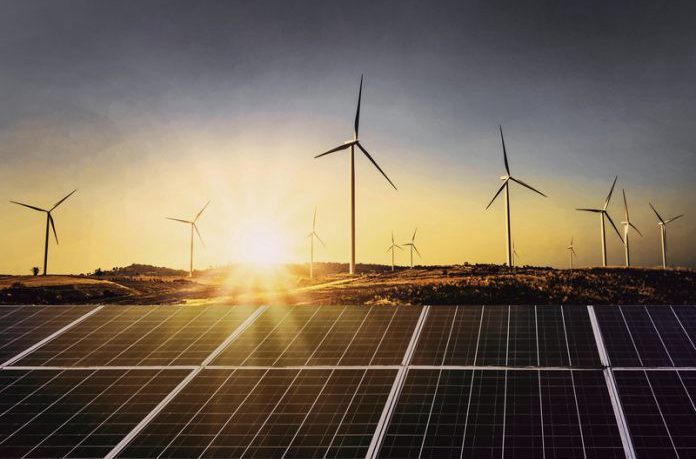- A researcher has proposed a new approach to apply maximum power point tracking techniques to optimize electricity production in wind-solar power projects.
- The permanent magnetic synchronous generator hybrid model used in the study is based on a multi-input rectifier stage which is said to be able to eradicate current harmonics and eliminate the need for extra input filters.
A scientist from South Valley University in Egypt is proposing a new converter topology to harmonize and maximize electricity generation in wind-solar power projects.
Shazly A. Mohamed’s system of modeling and analyzing grid-connected hybrid PV-wind projects, driven by synchronous generators and based on multi-input rectifier converters is proposed in the paper Multi-input rectifier stage for a system of hybrid PV/wind driven PMSG.
The process is said to help hybrid project developers eliminate the need for extra input filters and to eradicate electrical current harmonics.
Mohamed said permanent magnetic synchronous generators (PMSG) are usually applied to wind power generators, due to their reliability and efficiency, and enable such installations to produce maximum power for all working conditions and wind speeds. The researcher, from South Valley’s Department of Electrical Engineering, says his hybrid PMSG configuration – a MATLAB-based Simulink system based on a multi-input rectifier stage – is a viable option to maximize generation in wind-solar projects.
The paper adds, the step-up converter topology with control of maximum power point tracking technique they are proposing, should be able to lower PMSG terminal voltage in low wind speeds or increase it when the wind blows strongly. According to Mohamed’s findings, the fusion of multi-input rectifier topology works completely for separate and simultaneous operation.
The simulation, performed using MATLAB-based Simulink software, showed the proposed control strategies achieved the desired system performance, said Mohamed, who added: “The numerical simulation results have proven the robustness of the proposed hybrid PV and wind energy in response to rapid changes in solar radiation and wind speed conditions.”
Author: Emiliano Bellini
This article was originally published in pv magazine and is republished with permission.















